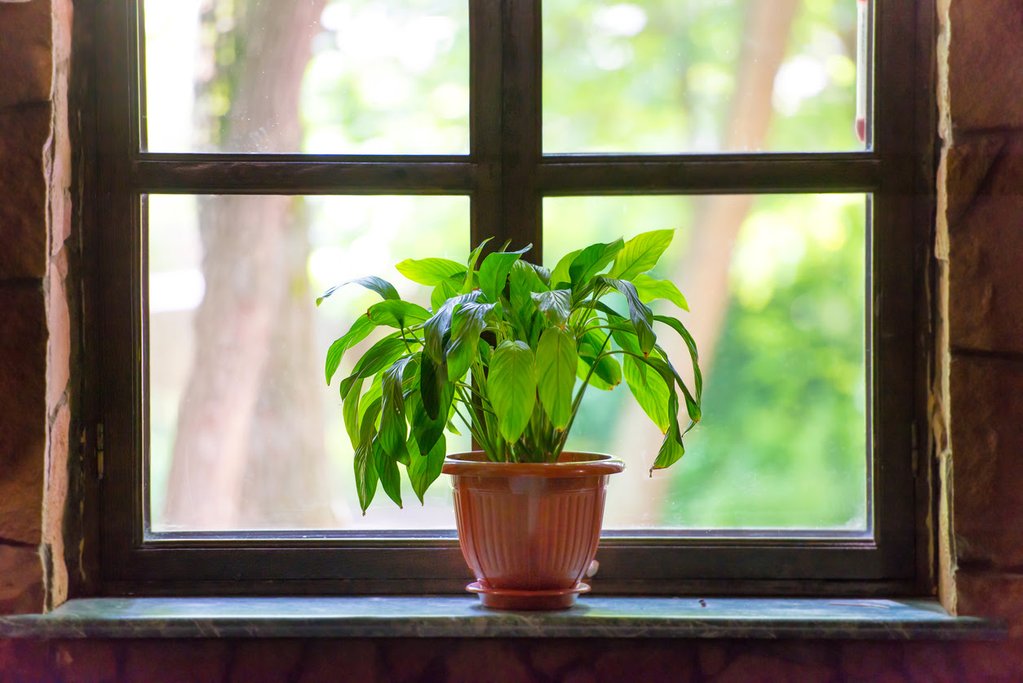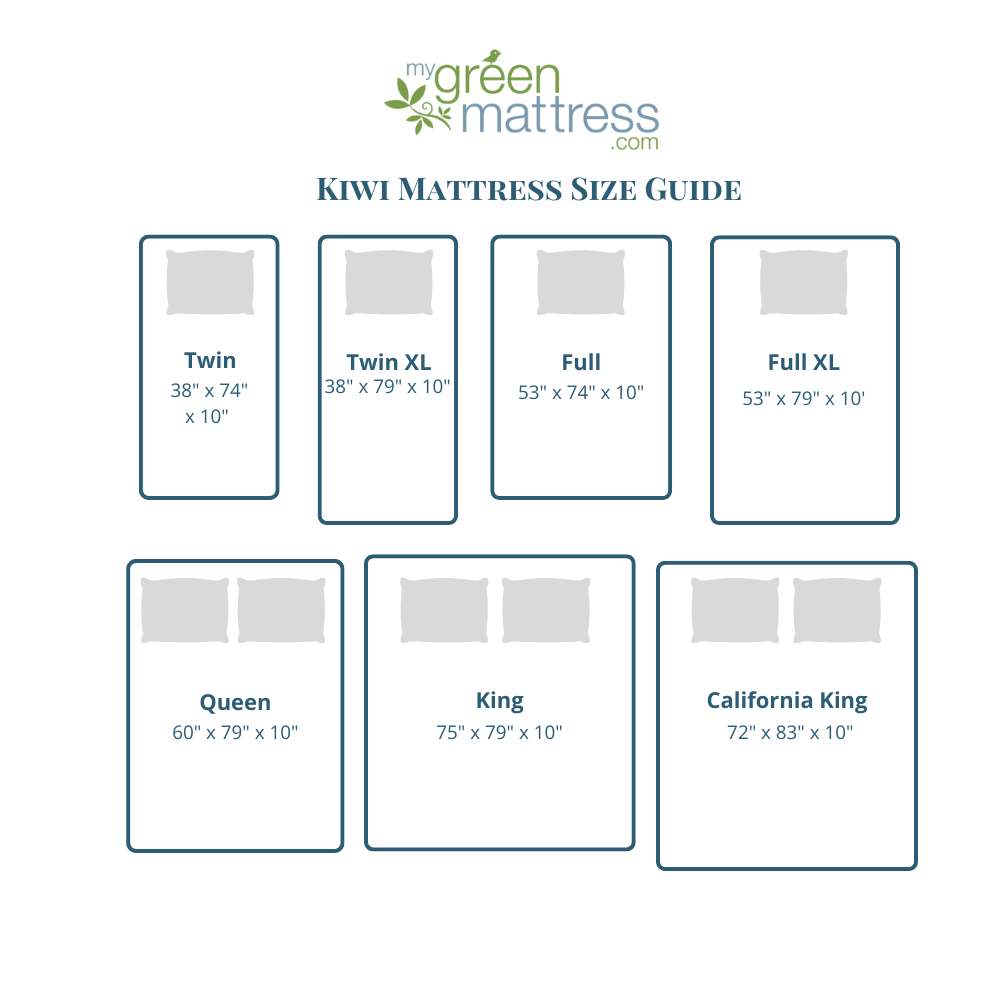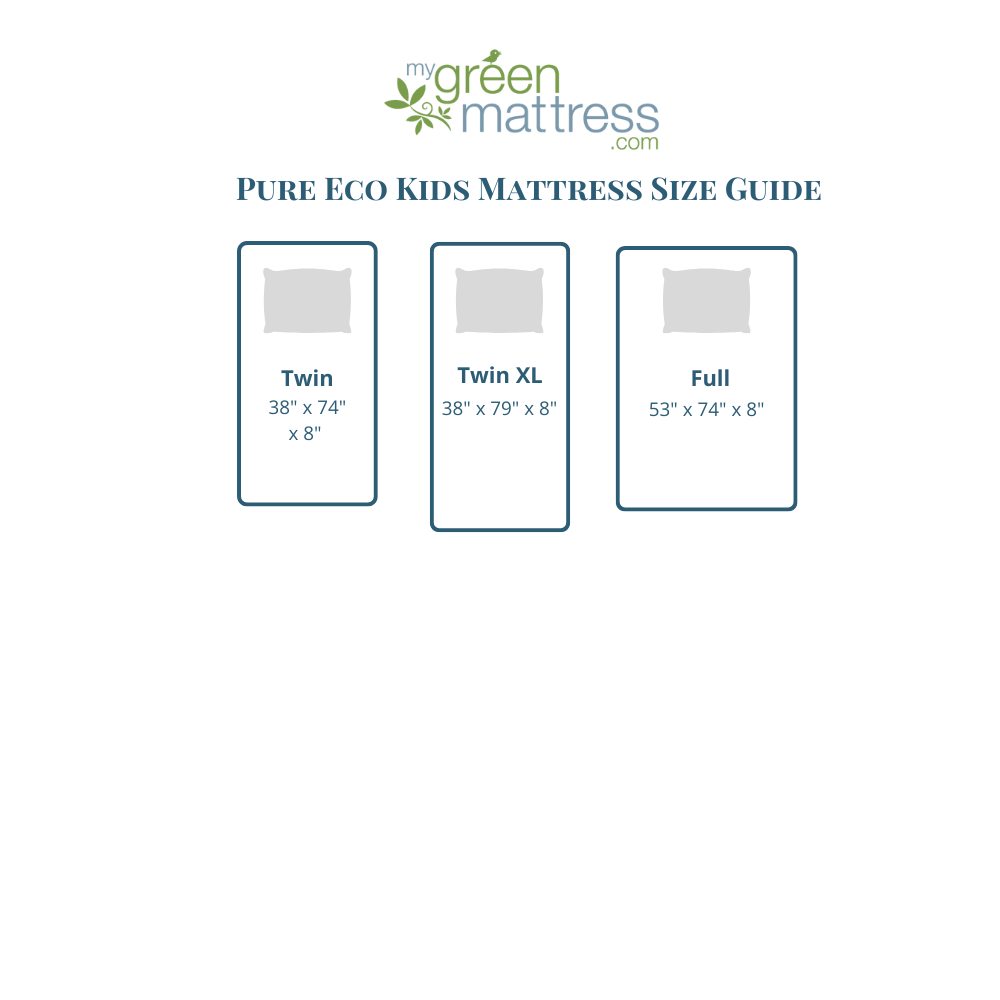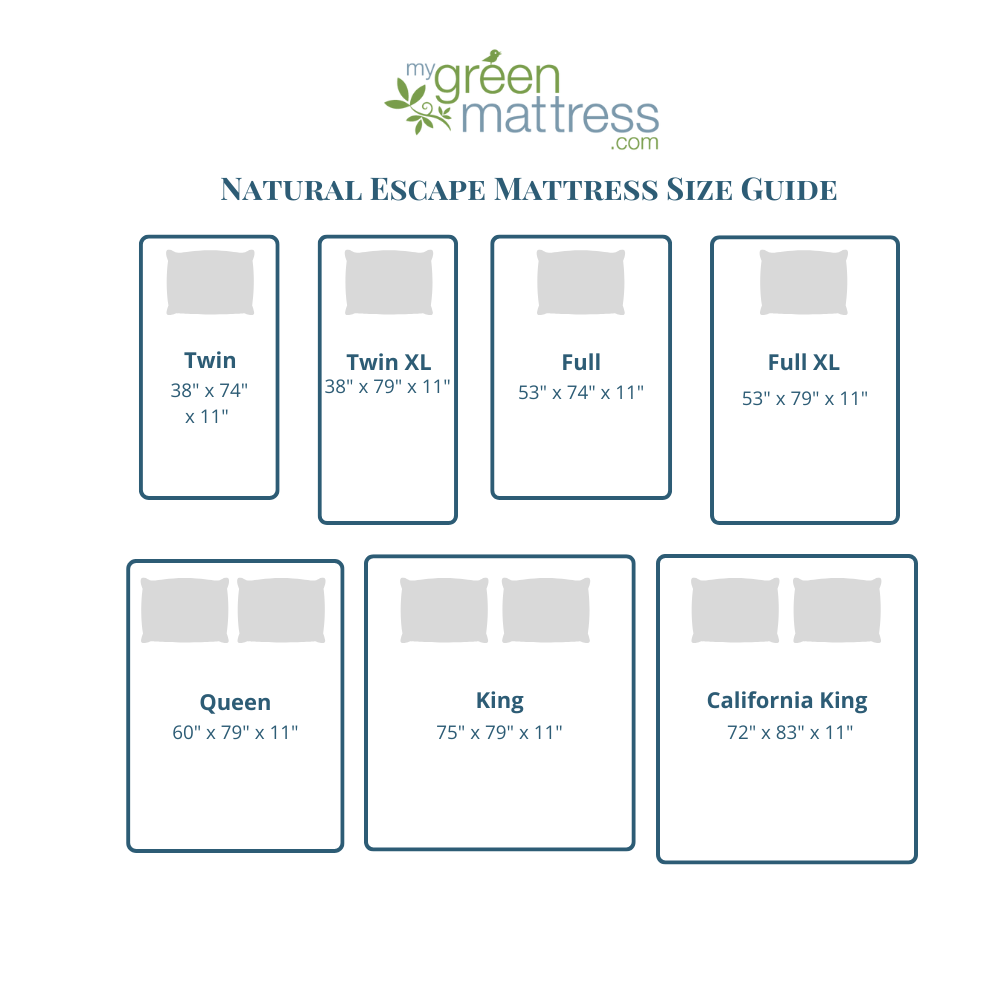Indoor smog? The culprit, ozone, is the main component of air pollution. According to Science Daily, this poison permeates homes, schools, factories, and offices – where most Americans spend 80 to 90 percent of their time. Too much ozone exposure can cause serious health problems, the most common involving the lungs. Ozone has been found to reduce lung function and cause inflammation to the lining of the lung. This worsens emphysema, bronchitis, emphysema, and asthma.
Learning how to reduce indoor air pollution is easier than you think. Here are three plants you can buy to improve your indoor air quality almost immediately.
The Annual Impact of Toxic Indoor Air
In 1998 The United Nations Development Program (UNDP) reported that an estimated 2 million people die annually because of toxic indoor air. Other studies report that, globally, indoor air pollution causes 14 times as many deaths as outdoor air pollution. An Australian study estimated that medical costs, losses in worker productivity, and absenteeism due to indoor air pollution cost more $12 billion internationally.
3 Plants That Reduce Indoor Air Pollution
Indoor air pollution takes an enormous toll on health and productivity, but there is an attractive solution. Pennsylvania State University researchers studied the effects of house plants on indoor ozone levels. They found that three inexpensive, easy-care plants with rich foliage reduce indoor pollutants, particularly ozone: golden pothos, spider plant, and snake plant.
1. Golden Pothos
The golden pothos helps to eliminate odors while cleaning the air, so many people keep a pothos plant in the kitchen, bathroom, and living room. It is especially beneficial in the bedroom as it increases the amount of oxygen you need for quality sleep.
2. Spider Plant
According to The National Wildlife Federation, The National Aeronautic and Space Administration (NASA) determined that spider plants removed 95 percent of toxic substances in a sealed chamber.
3. Snake Plant
NASA also recommends the snake plant, more commonly known as Mother-in-laws-tongue, because it filters out formaldehyde that is a common toxic chemical in cleaning and personal care products. As the plant thrives in low light and high humidity, it is ideal for the bathroom. The snake plant is also helpful in adding oxygen to the bedroom as it releases oxygen at night. Most plants release oxygen during the day.
Because different plants remove different toxins, your home and office should contain a variety of plants. Ideally, every 100 square feet of floor space should have two or three plants in eight to ten-inch flower pots. This helps reduce formaldehyde and other toxic chemicals emitted by upholstery, furnishings, synthetic building materials, and household cleaning products. Poorly ventilated areas are especially at risk for toxic air. Car exhaust seeps into buildings through every crack. While a well-sealed house keeps you safer from outdoor toxins, indoor toxins are more concentrated in spaces with poor ventilation. Airing out the house is important, but so is keeping indoor pollutants to a minimum.
Plants make people feel better. Hospital patients were more positive, less stressed, and had lower blood pressure if they had plants near their bed. In the office, plants help people stay alert and reduce mental fatigue. Most households contain at least one plant to make a home more pleasant, even though many people do not know about the physical and mental benefits of houseplants. Caring for houseplants can be a beloved hobby or a just another household chore, so the maintenance factor needs to be considered when choosing plants.
Bill Wolverton, an environmental engineer and former NASA research scientist, determined the following easy-to-grow, inexpensive, pest-resistant plants are the ten best in removing indoor pollutants: Boston fern, peace lily, English ivy, rubber plant, ficus, dracaena, and the following palms: areca, lady, bamboo, and dwarf date.
The National Wildlife Federation cautions that indoor plants add humidity, which increases the growth of mold and bacteria. To prevent these negative consequences, do not let plants sit in stagnant water. After watering, dispose of water that drains into the tray below the plant’s pot. Placing aquarium gravel or Spanish moss on top of the soil minimizes the growth of mold.
Some of these plants are toxic when eaten, so be sure to research your plants’ effects on children and pets. Take necessary precautions to keep dangerous plants out of the reach of young children – even if they just visit – and your pets.
At My Green Mattress, we are very careful with the selection of materials used in the making of our beds. With no toxic chemicals, high-VOC foams or adhesives used in the handcrafting of our mattresses, rest assured that our products are a healthy addition to any home.









